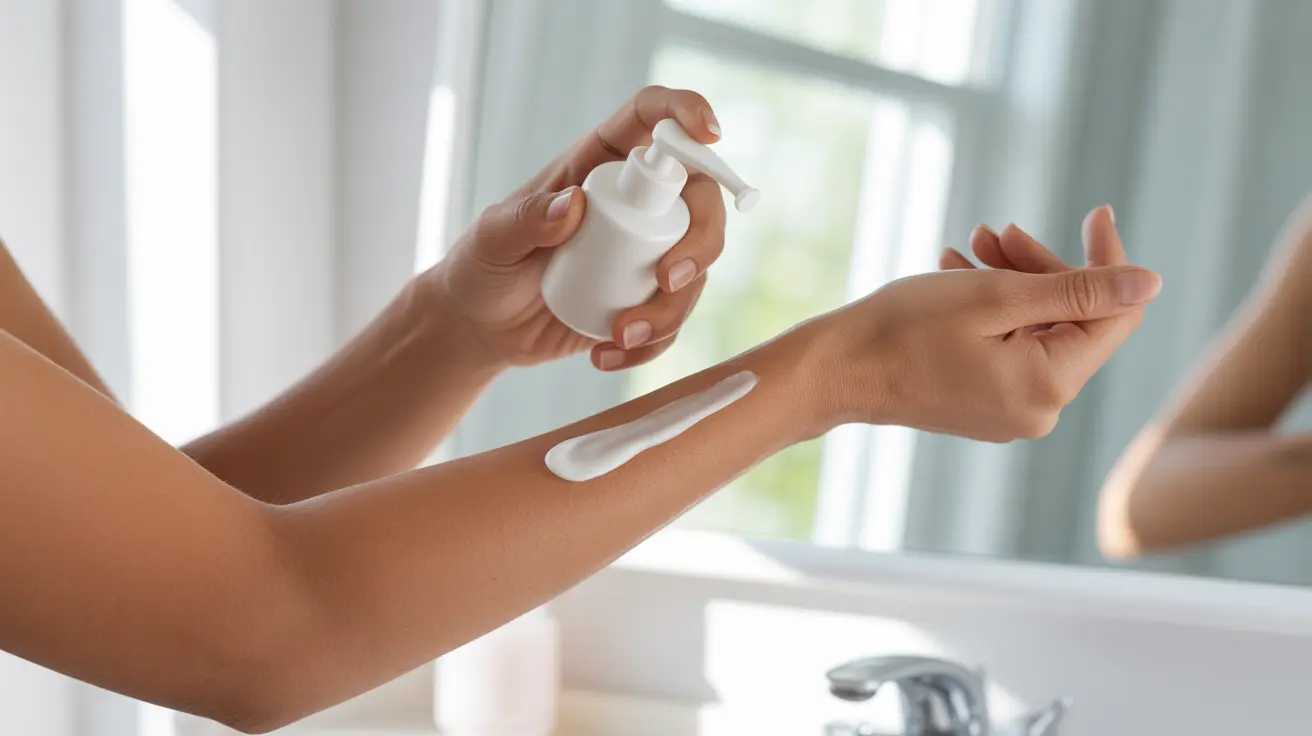Proper aftercare following laser hair removal treatments is crucial for achieving the best possible results and minimizing potential side effects. Whether you're new to laser hair removal or a seasoned patient, understanding how to care for your skin post-treatment can significantly impact your outcomes and comfort level during the recovery process.
This comprehensive guide will walk you through everything you need to know about laser hair removal aftercare, from immediate post-treatment care to long-term maintenance strategies. Following these evidence-based recommendations will help ensure your treatment's effectiveness while protecting your skin.
Immediate Post-Treatment Care
The first 24-48 hours after your laser hair removal session are critical for proper healing. During this time, your skin needs gentle care and protection to recover effectively:
- Keep the treated area cool and clean
- Avoid hot showers, saunas, and steam rooms
- Apply cool compresses if experiencing discomfort
- Wear loose, breathable clothing
- Avoid direct sun exposure
- Use fragrance-free moisturizer as recommended
Managing Common Side Effects
It's normal to experience certain temporary side effects after laser hair removal. Understanding what to expect can help you better manage your recovery:
Redness and Swelling
Mild inflammation is common immediately after treatment. These symptoms typically subside within 24-48 hours and can be managed with cool compresses and gentle moisturizers.
Skin Sensitivity
Your skin may feel more sensitive than usual for several days post-treatment. Avoid harsh skincare products and protect the treated area from excessive heat or friction.
Sun Protection and Skincare
Proper sun protection is essential during your laser hair removal journey:
- Use broad-spectrum SPF 30+ sunscreen daily
- Avoid direct sun exposure for at least two weeks
- Wear protective clothing when outdoors
- Reapply sunscreen every two hours if exposed to sun
Long-Term Care and Maintenance
To maximize the effectiveness of your laser hair removal treatments:
- Attend all scheduled sessions as recommended
- Maintain consistent intervals between treatments
- Follow proper hair removal guidelines between sessions
- Schedule maintenance treatments as needed
- Continue protecting your skin from sun exposure
Frequently Asked Questions
What are the most important steps for laser hair removal aftercare to ensure effective healing and minimize side effects?
The most crucial aftercare steps include keeping the treated area cool and clean, avoiding sun exposure, using broad-spectrum sunscreen, wearing loose clothing, and avoiding heat treatments like saunas or hot showers for 48 hours post-treatment.
How long does it typically take for hair to begin shedding after a laser hair removal treatment?
Hair typically begins shedding within 5-14 days after treatment. This process, known as "shedding," is normal and indicates that the treatment was effective. Don't pluck or wax during this period; let the hair fall out naturally.
What are the benefits and risks of laser hair removal, and how many sessions are usually required for optimal results?
Benefits include long-lasting hair reduction, precision targeting, and reduced ingrown hairs. Risks may include temporary redness, swelling, and skin sensitivity. Most people require 6-8 sessions for optimal results, spaced 4-6 weeks apart, depending on the treatment area.
Can I shave or use other hair removal methods between laser hair removal sessions, and what are the guidelines?
You can shave between sessions, but avoid waxing, plucking, or epilating, as these methods remove hair from the root and interfere with the laser treatment's effectiveness. Wait 24 hours after treatment before shaving if needed.
How often are maintenance treatments needed after completing a full course of laser hair removal to maintain results?
After completing your initial treatment series, maintenance sessions may be needed every 6-12 months, depending on your individual hair growth patterns and hormonal factors. Some people might require more frequent touch-ups, while others may need fewer.




